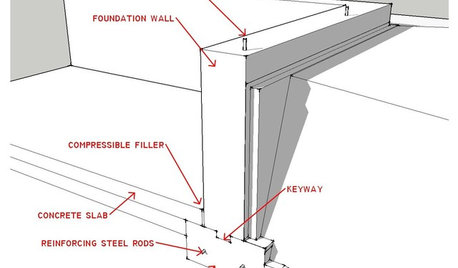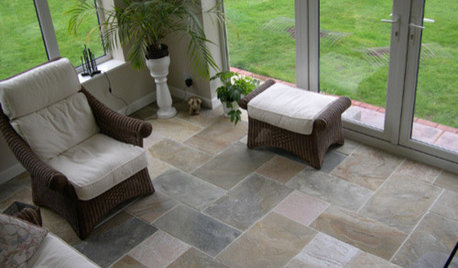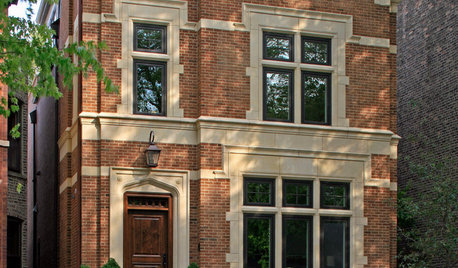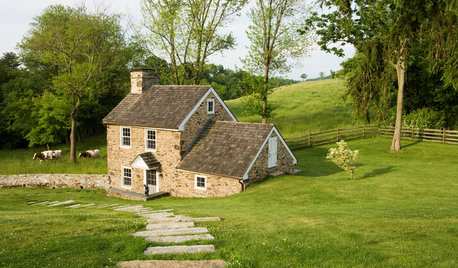Stone foundation - dirt floor basement... insulation?
lil_geek
17 years ago
Featured Answer
Comments (15)
scryn
17 years agoRelated Professionals
Buffalo Kitchen & Bathroom Designers · Northbrook Kitchen & Bathroom Designers · Riviera Beach Kitchen & Bathroom Designers · Terryville Kitchen & Bathroom Designers · Waianae Kitchen & Bathroom Designers · Durham Kitchen & Bathroom Remodelers · Lomita Kitchen & Bathroom Remodelers · Martha Lake Kitchen & Bathroom Remodelers · Park Ridge Kitchen & Bathroom Remodelers · Terrell Kitchen & Bathroom Remodelers · Warren Kitchen & Bathroom Remodelers · Phillipsburg Kitchen & Bathroom Remodelers · Four Corners Architects & Building Designers · Morganton Architects & Building Designers · Plainfield Architects & Building Designerssharon_sd
17 years agokoszta_kid
17 years agolil_geek
17 years agoinfo_plastichalos_com
13 years agoworthy
13 years agoCarol_from_ny
13 years agojonnyp
13 years agoDavidR
13 years agorustfixer
13 years agomacv
13 years agoSkip1909
8 years agoSanford W.
8 years agolast modified: 8 years agoSkip1909
8 years ago
Related Stories

GREEN BUILDINGInsulation Basics: Heat, R-Value and the Building Envelope
Learn how heat moves through a home and the materials that can stop it, to make sure your insulation is as effective as you think
Full Story
REMODELING GUIDESCool Your House (and Costs) With the Right Insulation
Insulation offers one of the best paybacks on your investment in your house. Here are some types to discuss with your contractor
Full Story
ARCHITECTUREKnow Your House: What Makes Up a Home's Foundation
Learn the components of a common foundation and their purpose to ensure a strong and stable house for years to come
Full Story
WINDOW TREATMENTSEasy Green: 9 Low-Cost Ways to Insulate Windows and Doors
Block drafts to boost both warmth and energy savings with these inexpensive but effective insulating strategies
Full Story
MATERIALSInsulation Basics: What to Know About Spray Foam
Learn what exactly spray foam is, the pros and cons of using it and why you shouldn’t mess around with installation
Full Story
KNOW YOUR HOUSEKnow Your House: The Basics of Insulated Concrete Form Construction
Get peace and quiet inside and energy efficiency all around with this heavy-duty alternative to wood-frame construction
Full Story
REMODELING GUIDESYour Floor: How to Find Right Stone Tile
Get the Pros and Cons of Slate, Travertine, Sandstone, Marble and Granite
Full Story
FLOORSAre Stone Floors Right for Your Home?
If you’re thinking about going with this hard-wearing material, here are important pros and cons to weigh
Full Story
MATERIALSRaw Materials Revealed: Brick, Block and Stone Help Homes Last
Learn about durable masonry essentials for houses and landscapes, and why some weighty-looking pieces are lighter than they look
Full Story
BEFORE AND AFTERSRestoration Rallies a 1790 Stone Springhouse
An old outbuilding gets a new purpose — several purposes, that is — thanks to careful efforts by stonemasons and architects
Full Story










housekeeping